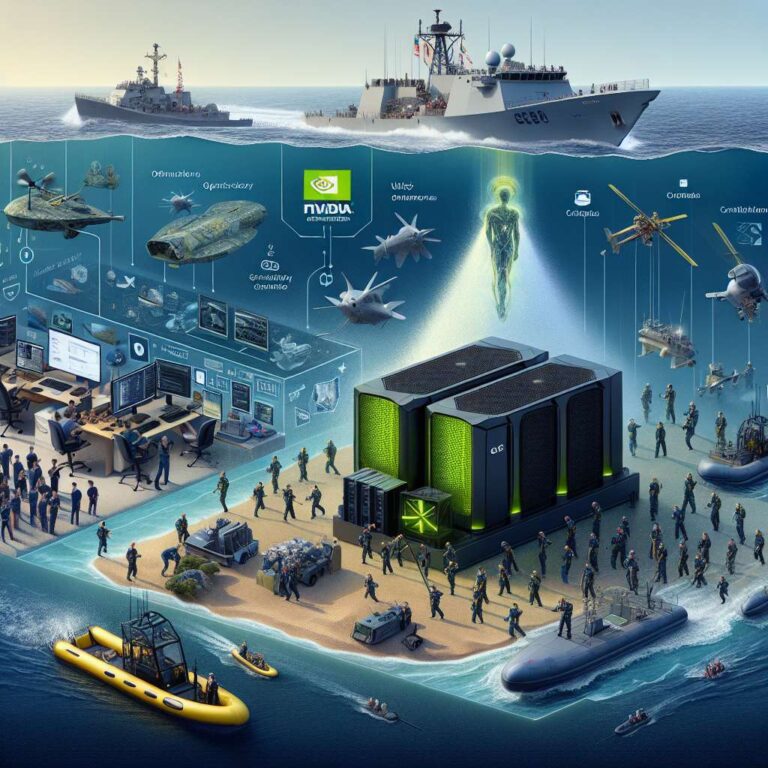The Naval Postgraduate School in Monterey, California, is expanding its use of Artificial Intelligence to address operational challenges while educating military leaders, aided by a grant of an Nvidia DGX GB300 system and Mission Control software. The system will support more than 1,500 in-resident students, 600 faculty and thousands of external partners, with plans to grow the infrastructure. It anchors the new Nvidia Artificial Intelligence Technology Center at NPS, where teams will pursue applications spanning complex mission planning, autonomous systems simulations and disaster recovery. NPS also plans to run on-premises model training and inference, including a privacy-focused generative large language model referred to as NPS GPT.
NPS works closely with nonprofit partner Mitre, which provided its Advanced Simulation for Planning and Enhanced Navigation framework built on Nvidia Omniverse and Nvidia Isaac Sim. ASPEN offers a high-fidelity digital twin environment for unmanned underwater vehicle navigation, obstacle avoidance and decision-making under uncertain conditions such as currents, low visibility and acoustic interference. Real-world data from Mitre’s BlueTech Lab maritime test facility helps validate autonomous behaviors, while UUV edge computing runs on Nvidia Jetson AGX modules. Mitre trains large language and weather forecast models on an Nvidia DGX SuperPOD in its Federal Artificial Intelligence Sandbox, reflecting Nvidia’s three-computer approach across Jetson, Omniverse and DGX for developing physical Artificial Intelligence.
Environmental and weather modeling are core priorities for naval planning and safety. NPS aims to train foundational models on the DGX GB300, then run simulations using Nvidia Isaac Sim and ASPEN to better understand operating environments across the atmosphere, sea surface, subsurface and seabed. ASPEN incorporates physics-based models and can ingest real-time vehicle position and orientation for hardware-in-the-loop training and mission prediction, supporting accurate forecasting and operational readiness.
To build rich digital twins, ASPEN taps Nvidia fVDB, an open-source, GPU-accelerated framework for processing massive 3D datasets with spatial intelligence. By integrating telemetry, sonar, satellite and other sensor data, NPS can create virtual representations of the ocean floor, water column, atmosphere and even space, enabling detection of anomalies and scenario planning, such as modeling space debris trajectories. Across NPS curricula, students conduct hands-on applied research in Artificial Intelligence through independent studies, hackathons and funded projects connected to operational fleets. Nvidia is also providing resources through the Nvidia Deep Learning Institute and the Nvidia Artificial Intelligence Technology Center at the Monterey campus to bolster defense-focused graduate education and research.

